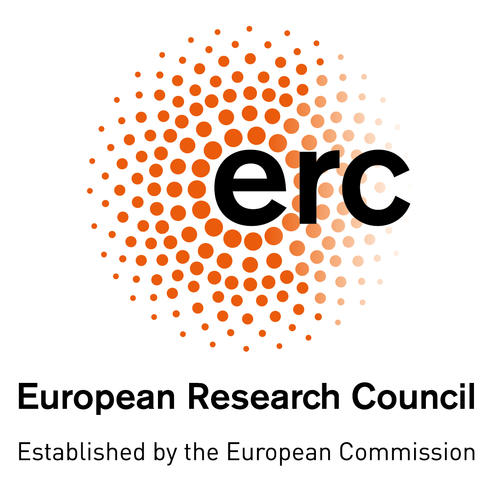Long-Term Stability of Short-Term Intensive Language–Action Therapy in Chronic Aphasia: A 1–2 year Follow-Up Study
Lea Doppelbauer, Bettina Mohr, Felix R. Dreyer, Benjamin Stahl, Verena Büscher, Friedemann Pulvermüller – 2021
Background. Intensive aphasia therapy can improve language functions in chronic aphasia over a short therapy interval of 2–4 weeks. For one intensive method, intensive language–action therapy, beneficial effects are well documented by a range of randomized controlled trials. However, it is unclear to date whether therapy-related improvements are maintained over years. Objective. The current study aimed at investigating long-term stability of ILAT treatment effects over circa 1–2 years (8–30 months). Methods. 38 patients with chronic aphasia participated in ILAT and were re-assessed at a follow-up assessment 8–30 months after treatment, which had been delivered 6–12.5 hours per week for 2–4 weeks. Results. A standardized clinical aphasia battery, the Aachen Aphasia Test, revealed significant improvements with ILAT that were maintained for up to 2.5 years. Improvements were relatively better preserved in comparatively young patients (<60 years). Measures of communicative efficacy confirmed improvements during intensive therapy but showed inconsistent long-term stability effects. Conclusions. The present data indicate that gains resulting from intensive speech–language therapy with ILAT are maintained up to 2.5 years after the end of treatment. We discuss this novel finding in light of a possible move from sparse to intensive therapy regimes in clinical practice.
author = {Lea Doppelbauer and Bettina Mohr and Felix R. Dreyer and Benjamin Stahl and Verena Büscher and Friedemann Pulvermüller},
title ={Long-Term Stability of Short-Term Intensive Language–Action Therapy in Chronic Aphasia: A 1–2 year Follow-Up Study},
journal = {Neurorehabilitation and Neural Repair},
volume = {35},
number = {10},
pages = {861-870},
year = {2021},
doi = {10.1177/15459683211029235},
note ={PMID: 34232091},
URL = {
https://doi.org/10.1177/15459683211029235
},
eprint = {
https://doi.org/10.1177/15459683211029235
}
,
abstract = { Background. Intensive aphasia therapy can improve language functions in chronic aphasia over a short therapy interval of 2–4 weeks. For one intensive method, intensive language–action therapy, beneficial effects are well documented by a range of randomized controlled trials. However, it is unclear to date whether therapy-related improvements are maintained over years. Objective. The current study aimed at investigating long-term stability of ILAT treatment effects over circa 1–2 years (8–30 months). Methods. 38 patients with chronic aphasia participated in ILAT and were re-assessed at a follow-up assessment 8–30 months after treatment, which had been delivered 6–12.5 hours per week for 2–4 weeks. Results. A standardized clinical aphasia battery, the Aachen Aphasia Test, revealed significant improvements with ILAT that were maintained for up to 2.5 years. Improvements were relatively better preserved in comparatively young patients (<60 years). Measures of communicative efficacy confirmed improvements during intensive therapy but showed inconsistent long-term stability effects. Conclusions. The present data indicate that gains resulting from intensive speech–language therapy with ILAT are maintained up to 2.5 years after the end of treatment. We discuss this novel finding in light of a possible move from sparse to intensive therapy regimes in clinical practice. }
}

